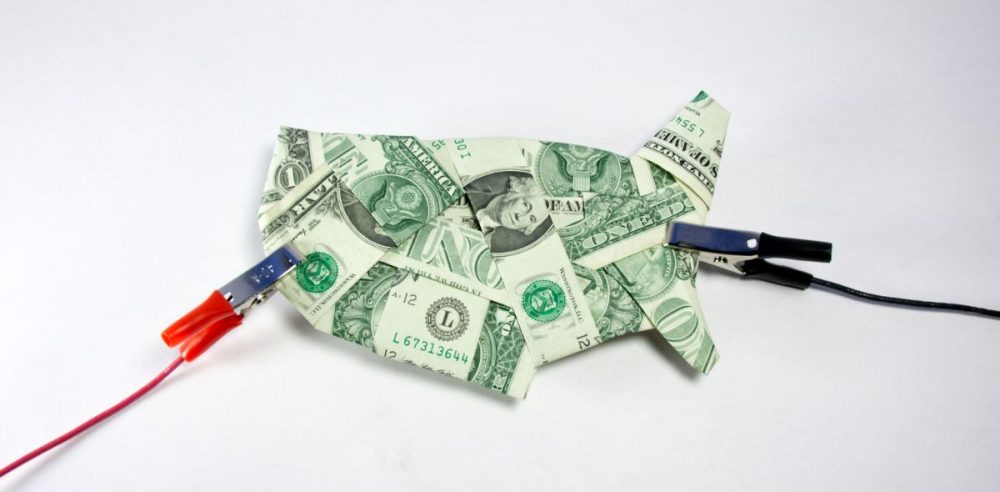Robust consumer spending helped drive reasonable growth in the third quarter, but the U.S. economy still expanded less than expected.
During the three months from July through September, the U.S. economy grew at an annualized rate of 2.8%, less than the 3.1% growth forecast by economists surveyed by Dow Jones and a slight drop from the 3.0% witnessed in Q2. The third quarter growth was helped by unexpectedly strong consumer spending, a component that accounts for roughly two-thirds of U.S. GDP.
Personal consumption expenditure, a measure of consumer spending, surged 3.7% in Q3. This represents the best-performing quarter for the metric since the first quarter of 2023. It was also responsible for 2.5 percentage points of the entire 2.8% economic growth.
In September, the Federal Reserve implemented a significant half-percentage point cut to interest rates in a move called a “gift to Kamala.” The reduction was a pivot from the Fed’s aggressive tightening campaign in response to surging inflation, which reached a high of 9.1% in June 2022.
As recently reported in The Dallas Express, the latest reading shows prices accelerating a much more modest 2.4%, despite interest rates remaining relatively elevated at 5%. While inflation has pulled back and is trending in the right direction, at 2.4%, it remains 25% higher than the Fed’s stated target of 2%.
Third-quarter GDP growth was also pushed higher by federal government spending, which increased 9.7%, led by a nearly 15% jump in defense outlays. At the same time, a substantial 11.2% rise in imports outweighed an 8.9% rise in exports, contributing negatively to the quarterly expansion.
The Federal Reserve is expected to cut rates again at its next meeting. As of October 30, nearly 97% of interest rate traders, according to the CME Group, expect a 25 basis point cut from the Fed on November 7.


